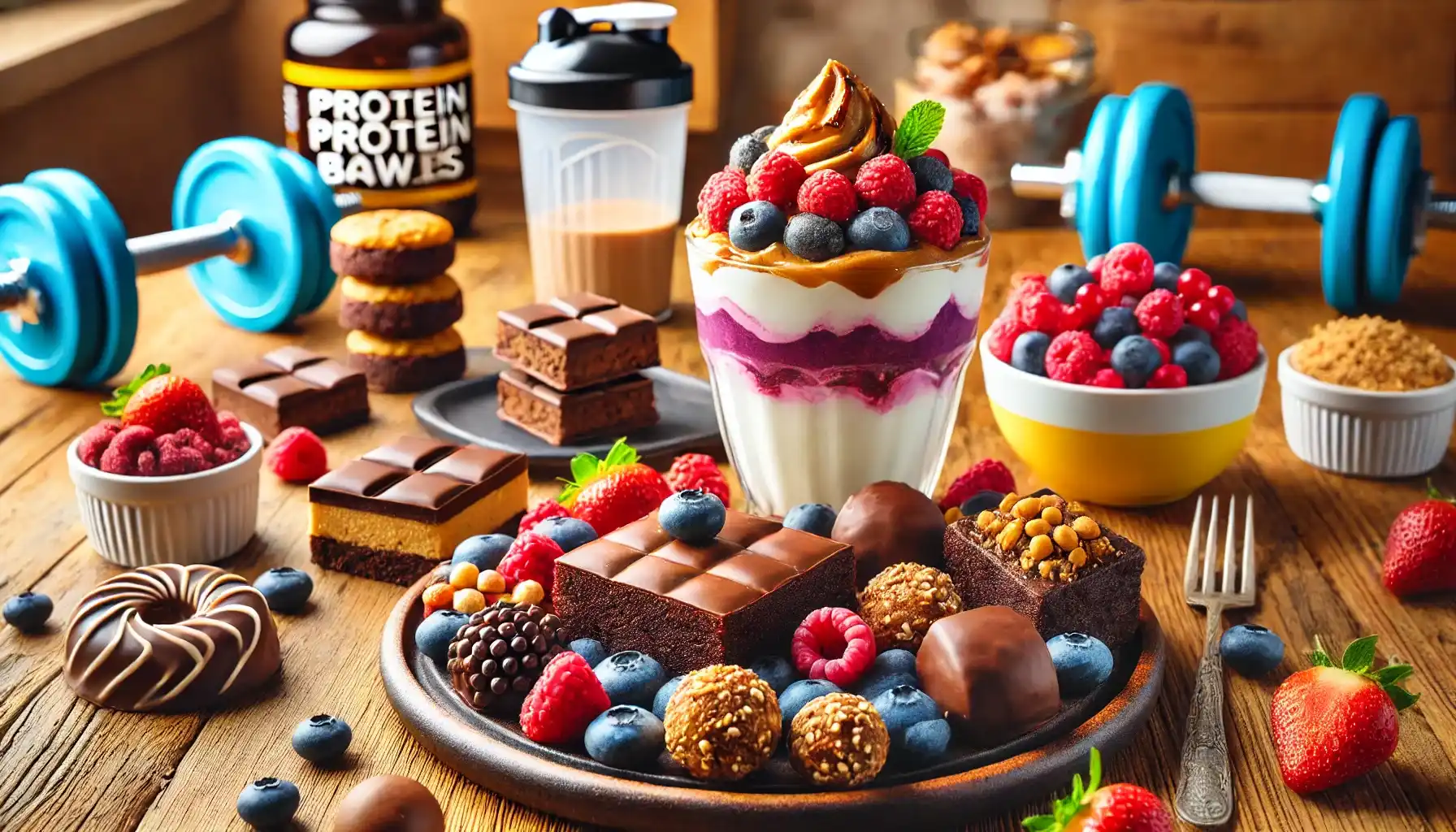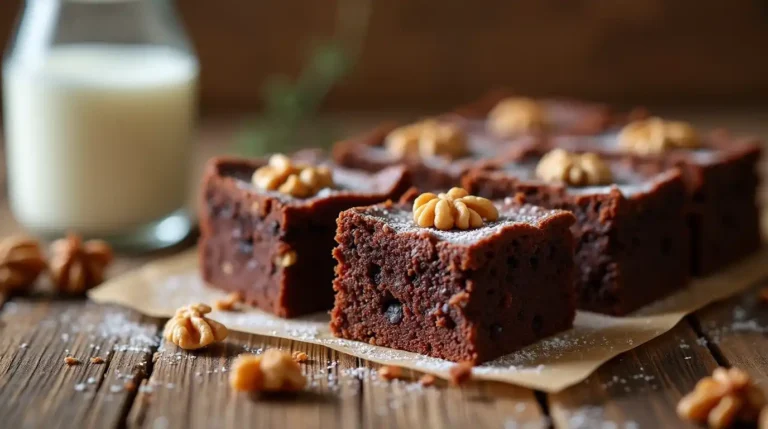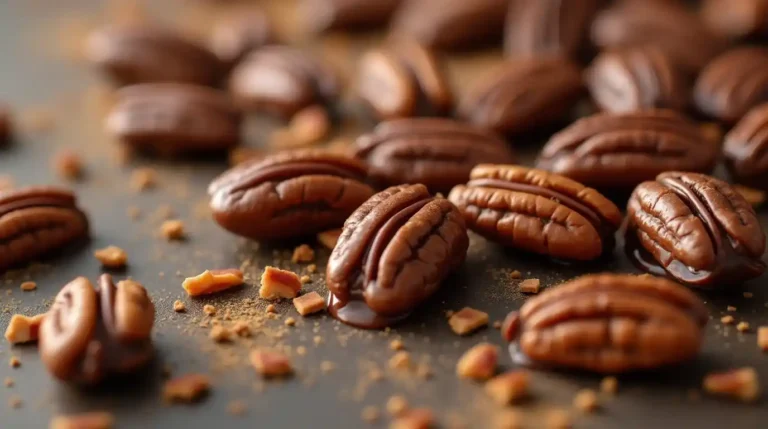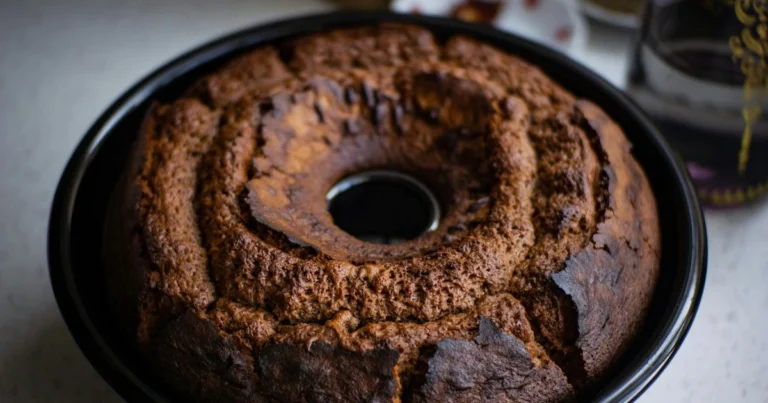High-Protein, Macro-Friendly Desserts: Satisfy Your Sweet Tooth Without Compromising Your Goals
In a world where fitness and nutrition have taken center stage, finding the perfect balance between eating healthy and enjoying life’s indulgences can be a tall order. But what if you could have your dessert and eat it too—without compromising your fitness goals? High-protein desserts offer a sweet reprieve for gym-goers, athletes, and anyone looking to improve body composition while still satisfying those sugar cravings. In this article, we’ll dive into how to incorporate high protein good macros desserts into your routine, explore the basics of macros, and share a few recipe ideas that will tantalize your taste buds.
Table of Contents
What Are Macros and Why Do They Matter?
The term macros is short for macronutrients—protein, carbohydrates, and fats. Every bite of food you consume breaks down into these three macronutrients, which provide energy (calories) in different ways.
- Protein: Crucial for muscle building, tissue repair, and many other bodily functions. Protein has 4 calories per gram.
- Carbohydrates: The body’s primary source of energy. Carbs have 4 calories per gram.
- Fats: Essential for hormone regulation, cell structure, and nutrient absorption. Fats have 9 calories per gram.
Balancing these macros according to your specific fitness goals can promote muscle gain, fat loss, or weight maintenance. High-protein diets, in particular, are popular because they help increase satiety (keeping you fuller for longer) and support muscle recovery.
The Importance of Protein in Desserts
When we talk about high-protein desserts, we’re referring to sweet treats that are strategically crafted to boost protein content while moderating sugars and fats. Traditional desserts—cookies, ice cream, cakes—often pack high amounts of sugar and unhealthy fats, yielding empty calories. Replacing or supplementing those ingredients with protein sources can turn your dessert into a more balanced part of your diet.
By using ingredients like protein powder, Greek yogurt, cottage cheese, or even tofu, you can enhance the protein profile of your dessert. Let’s explore some health benefits of upping the protein content:
- Muscle Maintenance and Growth: Protein is the building block of muscles. Consuming adequate amounts helps repair and grow muscle tissue.
- Satiety: Protein is more satiating than carbohydrates and fats, helping you feel fuller for longer.
- Metabolic Boost: A higher protein intake can slightly boost metabolism due to the thermic effect of food (your body burns more calories digesting protein than carbohydrates or fats).
Common Mistakes When Making High-Protein Desserts
While high-protein desserts can be a game-changer, there are a few pitfalls you’ll want to watch out for.
Over-Reliance on Artificial Sweeteners
Many high-protein dessert recipes rely on sugar substitutes like stevia, sucralose, or sugar alcohols. While these can be beneficial for reducing sugar intake, overuse might lead to digestive discomfort or an overly “chemical” taste. Moderation is key. Consider natural sweeteners such as honey, maple syrup, or even ripe bananas if your macros allow it.
Ignoring Overall Calories
Protein is great, but calories still matter. Some high-protein desserts can still be calorie-dense if they’re packed with nut butters, full-fat dairy, or coconut oils. Always keep your overall daily caloric intake in check.
Compromising on Taste
There’s a fine line between a healthy dessert and a treat that ends up tasting like cardboard. To keep the taste intact, experiment with different flavorings—cocoa powder, extracts (vanilla, almond, or mint), fresh fruit, or even zero-calorie sweeteners—until you find a balance that satisfies your palate.
High protein good macros desserts : Ingredients to Keep on Hand
To create macro-friendly desserts whenever your sweet tooth strikes, it’s helpful to have some staple ingredients in your kitchen.
- Protein Powder
- Whey: A fast-digesting protein that works well in shakes, puddings, and baked goods.
- Casein: A slow-digesting protein that adds a creamy texture to recipes like cheesecake and puddings.
- Plant-Based: Perfect for vegans or those with dairy intolerances (pea, brown rice, or hemp protein).
- Greek Yogurt
- Thick and creamy, Greek yogurt is an excellent source of protein and can replace creams or high-fat ingredients.
- Cottage Cheese
- High in casein protein and surprisingly versatile—pureed cottage cheese can add richness to cheesecakes or mousse-like desserts.
- Silken Tofu
- Another excellent plant-based option, silken tofu blends easily into puddings and other creamy desserts.
- Egg Whites
- While whole eggs are also nutritious, egg whites can be whipped to add lightness and structure to many sweet dishes.
- Nut Butters
- Peanut butter, almond butter, or cashew butter can boost the flavor profile. They’re high in healthy fats but also calorie-dense, so use them carefully.
- Healthy Flours
- Oat flour, coconut flour, and almond flour can add texture and flavor while offering some nutritional benefits beyond refined white flour.
- Natural Sweeteners & Flavorings
- Honey, maple syrup, fruit purees, cocoa powder, and extracts will help keep desserts flavorful without relying on excessive sugar.
5 High-Protein Dessert Ideas to Try
Below are some tried-and-true recipes that can help satisfy your sweet tooth while keeping your macros in check.
1. Protein Chocolate Mug Cake
Why You’ll Love It: Quick to whip up, portion-controlled, and loaded with chocolatey flavor.
Ingredients
- 1 scoop chocolate whey or casein protein powder
- 2 tbsp oat flour or almond flour
- 1 tbsp unsweetened cocoa powder
- 1 egg white (or flax egg for a vegan option)
- 2–3 tbsp almond milk (adjust for consistency)
- 1 tsp baking powder
- Sweetener of choice (stevia, honey, or sugar-free syrup)
Instructions
- Mix all ingredients in a microwave-safe mug until you get a smooth batter.
- Microwave for 30–60 seconds, keeping an eye on it to prevent overflow.
- Let it cool slightly before digging in.
Macros (Approximate)
- Calories: ~180–200
- Protein: ~20–25g
- Carbs: ~10–15g
- Fats: ~3–5g
(Macros will vary depending on brand and specific ingredients used.)
2. Greek Yogurt Protein Cheesecake
Why You’ll Love It: Smooth, tangy, and surprisingly rich—even without all the extra sugar and fat you’d find in a traditional cheesecake.
Ingredients
- 2 cups nonfat Greek yogurt
- 8 oz low-fat cream cheese or fat-free cream cheese
- 2 scoops unflavored or vanilla protein powder
- 2–3 tbsp honey or sugar substitute to taste
- 2 eggs (or 4 egg whites)
- 1 tsp vanilla extract
- (Optional) Crust made from crushed graham crackers with a bit of coconut oil or low-calorie margarine
Instructions
- Preheat your oven to 325°F (160°C).
- In a large bowl, beat the cream cheese until smooth.
- Add Greek yogurt, protein powder, sweetener, eggs, and vanilla extract, mixing thoroughly.
- If you’re making a crust, press the graham cracker mixture into the bottom of a springform pan.
- Pour the cheesecake batter into the pan.
- Bake for 25–30 minutes or until the center is almost set. Let it cool at room temperature, then refrigerate for at least 4 hours.
Macros (Approximate per slice)
- Calories: ~150–180
- Protein: ~15–20g
- Carbs: ~10–15g
- Fats: ~4–6g
3. Protein Ice Cream (No Machine Needed)
Why You’ll Love It: A creamy, frozen treat without the typical sugar overload. Perfect for those hot summer days—or any time you crave ice cream.
Ingredients
- 1 scoop whey or casein protein powder (flavor of your choice)
- 1 cup unsweetened almond milk (or milk of choice)
- 1/2 frozen banana (for creaminess)
- 1 tsp vanilla extract
- Sweetener (optional)
Instructions
- Blend all ingredients until smooth.
- Pour the mixture into a freezer-safe container.
- Freeze for about 2–3 hours, stirring every 30 minutes to break up ice crystals.
Macros (Approximate, per serving)
- Calories: ~150–180
- Protein: ~20–25g
- Carbs: ~10–15g
- Fats: ~2–5g
4. Chocolate Peanut Butter Protein Bites
Why You’ll Love It: Easy, no-bake, and perfect for on-the-go snacking.
Ingredients
- 1 cup oats (quick or old-fashioned)
- 2 scoops chocolate protein powder
- 1/2 cup natural peanut butter (or almond butter)
- 2 tbsp honey or agave syrup
- 2 tbsp unsweetened cocoa powder
- 1 tbsp chia seeds (optional for added fiber)
Instructions
- In a bowl, combine oats, protein powder, cocoa powder, and chia seeds.
- Stir in peanut butter and honey until a sticky dough forms.
- Roll into bite-sized balls and place in the fridge for at least 30 minutes to set.
Macros (Approximate, per bite)
- Calories: ~80–100
- Protein: ~4–6g
- Carbs: ~8–10g
- Fats: ~3–5g
5. High-Protein Brownies
Why You’ll Love It: Fudgy, chocolatey, and packed with protein so you don’t have to feel guilty about grabbing that second piece.
Ingredients
- 1/2 cup oat flour
- 2 scoops chocolate casein or whey protein powder
- 2 tbsp unsweetened cocoa powder
- 1/4 cup unsweetened applesauce
- 2 egg whites (or flax eggs for vegan)
- 1/4 tsp baking powder
- Sweetener of choice (stevia, honey, etc.)
- Pinch of salt
Instructions
- Preheat oven to 350°F (175°C) and grease an 8×8-inch baking dish.
- In a bowl, mix dry ingredients: oat flour, protein powder, cocoa powder, baking powder, and salt.
- In another bowl, whisk wet ingredients: egg whites and applesauce. Add sweetener as needed.
- Combine wet and dry ingredients until a smooth batter forms.
- Pour batter into the baking dish and bake for about 12–15 minutes, or until the center is just set.
Macros (Approximate, per brownie)
- Calories: ~100–120
- Protein: ~8–10g
- Carbs: ~10–12g
- Fats: ~2–4g
Tips for Incorporating High-Protein Desserts into Your Diet
1. Timing Is Everything
While there’s no definitive “best time” to eat dessert, consider having your high-protein treat shortly after your workout. Post-workout is when your body especially benefits from protein to repair muscle tissue. Alternatively, a high-protein dessert can serve as a nighttime snack to curb late-night cravings and help maintain steady protein synthesis overnight (particularly when using slow-digesting proteins like casein).
2. Watch Out for Over-Indulgence
Even if your dessert is protein-packed, it still contains calories. Be mindful of portion sizes. The convenience of mug cakes and single-serve treats can help you keep calories under control.
3. Pair with Healthy Sides
If you’re short on carbs for the day, pair your dessert with fresh fruit or whole-grain crackers. Need more healthy fats? Drizzle peanut butter or add crushed nuts on top. This way, you can customize the dessert to fit your exact macros.
4. Experiment with Flavors
Protein powders come in a variety of flavors—chocolate, vanilla, cookies and cream, peanut butter, and more. Play around with flavor combinations, and don’t be afraid to try new extracts like peppermint or lemon to keep your desserts exciting.
5. Keep It Simple
Sometimes, the simpler the recipe, the better. Focusing on just a handful of quality ingredients ensures you stick to your macros while enjoying a flavorful dessert.
Making High-Protein Desserts a Lifestyle
High-protein, macro-friendly desserts aren’t just a trend—they’re a sustainable way to satisfy your sweet cravings while staying on track with your fitness goals. By swapping out traditional calorie-laden ingredients for more protein-dense ones, you can have the best of both worlds. Just remember the following key points:
- Balance Your Macros: Protein is a priority, but keep an eye on your overall caloric intake.
- Choose Quality Ingredients: Opt for nutrient-dense foods that support muscle recovery, satiety, and overall well-being.
- Enjoy in Moderation: Even the healthiest dessert can derail your progress if eaten in excess.
- Stay Creative: Experiment with different ingredients and flavors to keep your sweet treats fresh and exciting.
By understanding how to properly balance protein, carbohydrates, and fats, you can seamlessly include these nutritious desserts into your meal plan. Whether you’re looking to build muscle, lose weight, or simply adopt a healthier lifestyle, high-protein desserts are a delicious tool in your dietary arsenal.
Trusty External Resource
To learn more about the science behind protein, calorie balance, and healthy eating, check out Healthline’s Nutrition Articles. They offer evidence-based insights and tips to help you make informed decisions about your diet.







